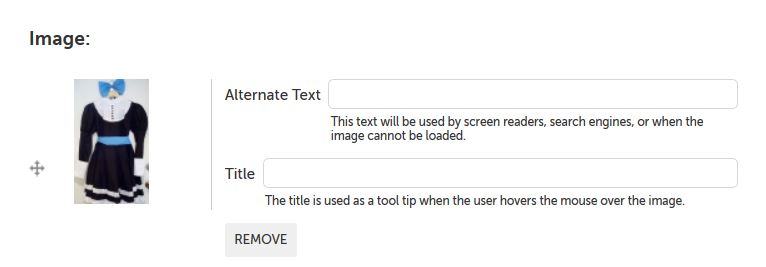Posted by Cynthia Boris
 “At the end of the day, content owners shouldn’t ask how many visitors they had on a specific day, but rather how many visitors they helped.”
“At the end of the day, content owners shouldn’t ask how many visitors they had on a specific day, but rather how many visitors they helped.”
That's good advice for any business, but the Google rep who spoke those words was actually talking about Search Engine Optimization or SEO. In other words, just because your site has a lot of traffic, doesn’t mean it’s going to rank well on Google.
Google is just like you. They want to present internet denizens with the best possible response to their needs, as quickly as possible, in order to create a favorable impression. A favorable impression means the user will come back again and again because they trust the system. In the past, Google got tricked into serving up all kinds of spammy content on the first page of search results. Customers clicked, were unhappy with where they landed and they took it out on Google.
So Google went to work refining the algorithm it uses to determine the best response to a query, and it’s sent quite a few website owners into a tizzy. Let me assure you that everything Google is doing is in your best interest. By eliminating the poor quality sites, they’re making it easier for consumers to find your site – but Google can’t do it alone. You have to prove to the Google spiders that you’re worthy of becoming a first page result.
How do you do this? That’s the 64,000 question and no one has a definitive answer. There isn’t a checklist that will work 100% of the time because there are too many factors and other websites to consider. There are, however, three steps you can take that will help you put your absolute best foot forward in Google’s eyes.
Properly label your content
Google likes a variety of content but it’s not so good at interpreting images or video. Help the spiders along by using keywords to label all of your content. That means no more 'Image614.jpg' or 'Bracelet24.png'. Rename all of your photos before you upload them with two or three descriptive words. Then, add a longer descriptive name in the Alt (Alternative) tag space. The Title text is the text you see when you roll over an image. This is traditionally used to provide extra information and though it’s good to fill in all the blanks, Google says this box isn’t as important as the Alt text.
The same goes for video or digital files.
Beef up your descriptions
There’s a common belief that Google prefers pages with more than 350 words. This is and isn’t true. The word count directive was designed to stop people from making ad money on hundreds of short blog posts that are nothing more than clickbait. Remember, Google’s whole goal is to be helpful. How helpful can you be in 150 words? Pretty helpful, if they’re well chosen 150 words.
So instead of simply extending your word count, beef up your product descriptions with more accurate adjectives, helpful verbs and targeted, keyword nouns. And don’t be afraid to put some personality into your descriptions. If you make humans happy, Google will be happy, too.
Publish more frequent blog posts
I can hear you moaning already, but it’s tried and true. Google prefers sites that are updated on a regular basis. If you have a product line that doesn’t change often, that’s going to hurt you. The easiest way to make up the difference is to publish a blog post every week. It doesn’t have to be a 10 paragraph saga, but it does have to be targeted and helpful. What I mean by this is, if you sell knitting patterns, a series of posts on how to remodel your kitchen isn’t going to put you on Google’s most wanted list. A series on different types of yarn absolutely will. This doesn’t mean you can’t post about life and how it’s treating you. If that’s what you need to do to post weekly, go for it. Quality should always be top priority, but frequency makes you more Google friendly.
Optimizing your site is an on-going process that requires more time and energy than you have if you’re also working a full-time job and/or raising a family. But if you hope to turn your hobby into a growing, profitable business, making and keeping your store Google friendly has to be a line item on your weekly to do list.
Do you have any SEO tips you’d like to share with our store owners? Leave a comment in the section below.





